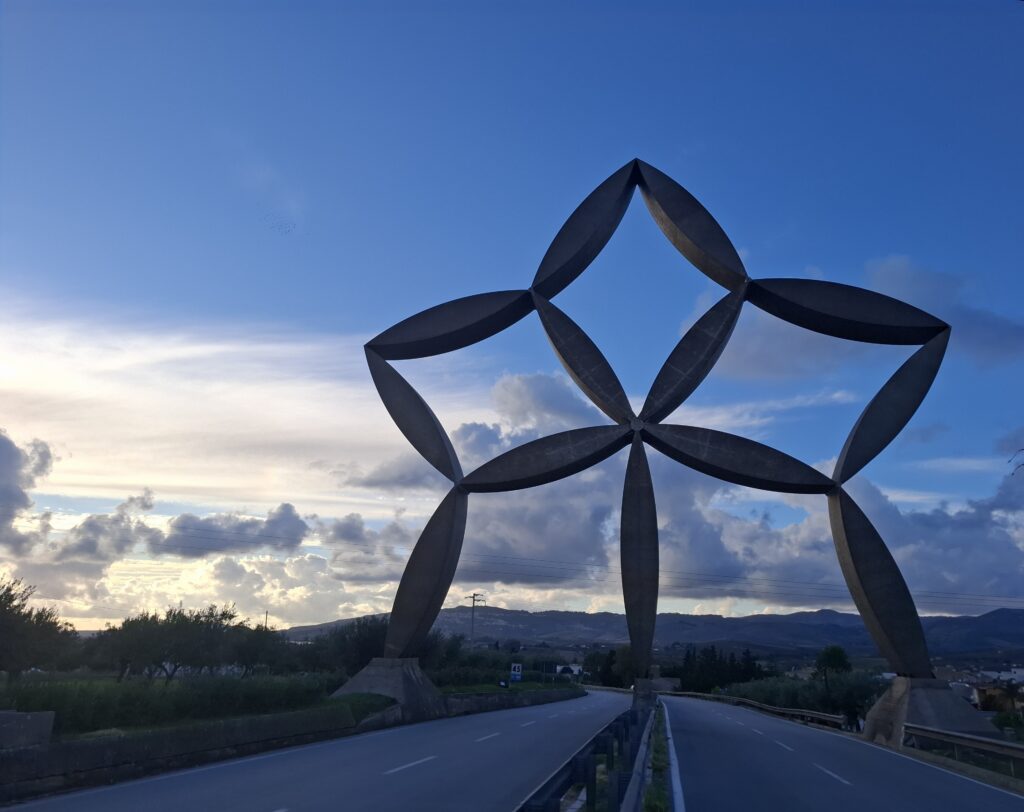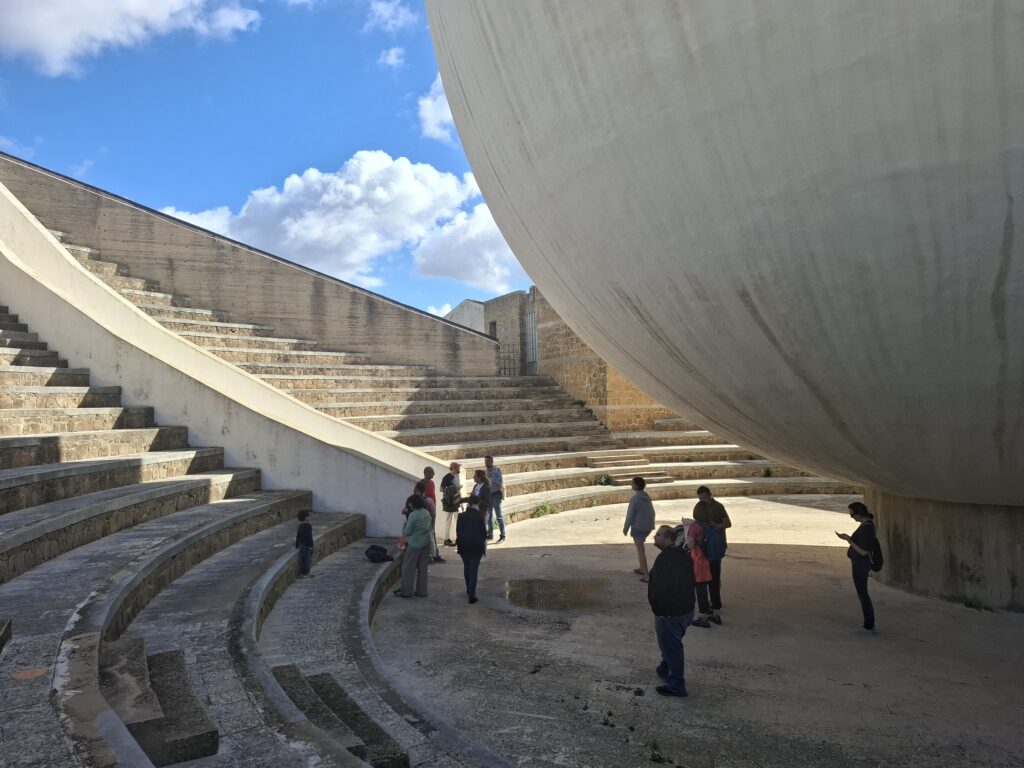
Silence. Emptiness. A sense of abandonment.
That’s what I felt walking through the streets of Gibellina, a small town in the west of Sicily. After the constant noise of Rome, the stillness was soothing at first, but after a while it became unsettling.
It’s the same unease I often feel when walking through my hometown of Zenica, where the urban and social fabric of the city has changed so drastically in the post-war period that once-familiar spaces now feel very distant.
Zenica and Gibellina are, on the surface, worlds apart: one, a post-industrial city in central Bosnia still struggling to find its purpose after the war; the other, a modernist experiment rebuilt from scratch after the devastating earthquake of 1968.

Yet, both bear the marks of interrupted dreams: cities suspended between what they were and what they hoped to become.
Both carry the same weight of transformation and loss. Both are cities that have been overlooked and left to fade at the edges of attention. Places where the young depart in search of elsewhere, and the elderly stay behind, keeping watch over what remains.
It is in those memories — especially the memories of older women — that I found the heart of my project, The Female Face of Zenica, and now its Sicilian spin-off, The Female Face of Gibellina.
Through their voices, stories, and silences, these women reveal the hidden layers of their cities: how they once lived, how they endured change, and how they continue to belong to places that have, in many ways, forgotten them.
Below is the interactive map of Gibellina’s women’s stories — a way to explore the city through memories and voices you won’t find in history books.